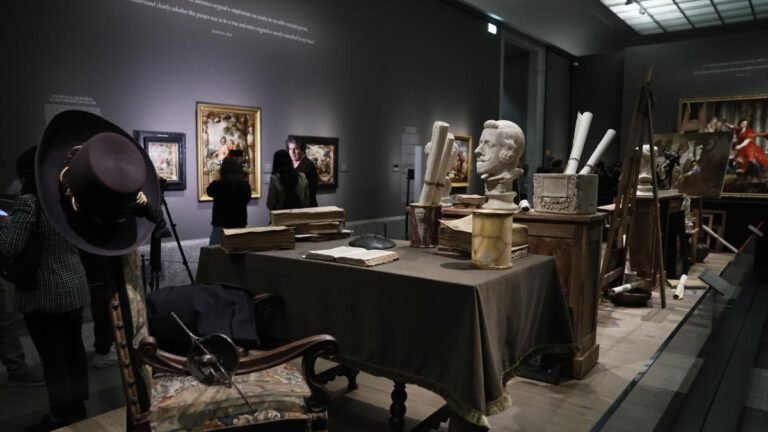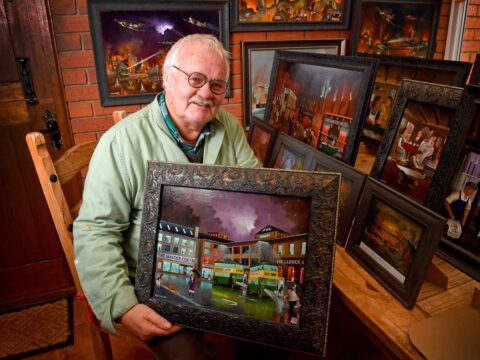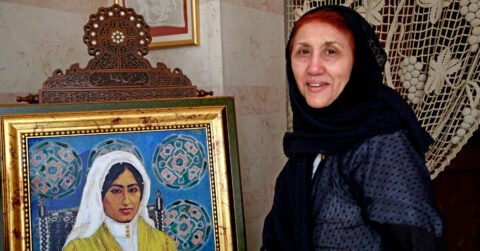Inside the Central Gallery of the Prado Museum, the smell of turpentine lingers, and amidst sketches and unfinished works, brushes, palettes, easels, canvases, oyster shells, and scallop shells for storing paints accumulate. There is also a funerary urn, and a wide-brimmed hat and cape, similar to the ones worn by Rubens in the self-portrait he sent to the Prince of Wales in 1623.

The workspace has been designed by specialist Alejandro Vergara
Alejandro Vergara, Head of Conservation of the Flemish Painting and Northern Schools area at the Prado Museum, has envisioned the space where the Flemish artist and his numerous assistants worked, now transformed into the heart of an exhibition, Rubens’s Workshop (from today until February 16), which brings together more than 30 works: some created directly by the master’s brush and others painted by his disciples or resulting from their collaboration. The workshop, one of the most productive of its time, produced at least 1,500 artworks.
Rubens’s Workshop also includes a video that recreates how Rubens and his disciples painted a masterpiece, specifically the work Mercury and Argus. The opportunity to see these works together “helps visitors discern their different levels of quality,” according to the Prado officials. They added that “although all the paintings that came out of Rubens’ workshop bore his mark, his contemporaries, and he himself, valued the original paintings painted entirely by the master more than those produced in the workshop.”





